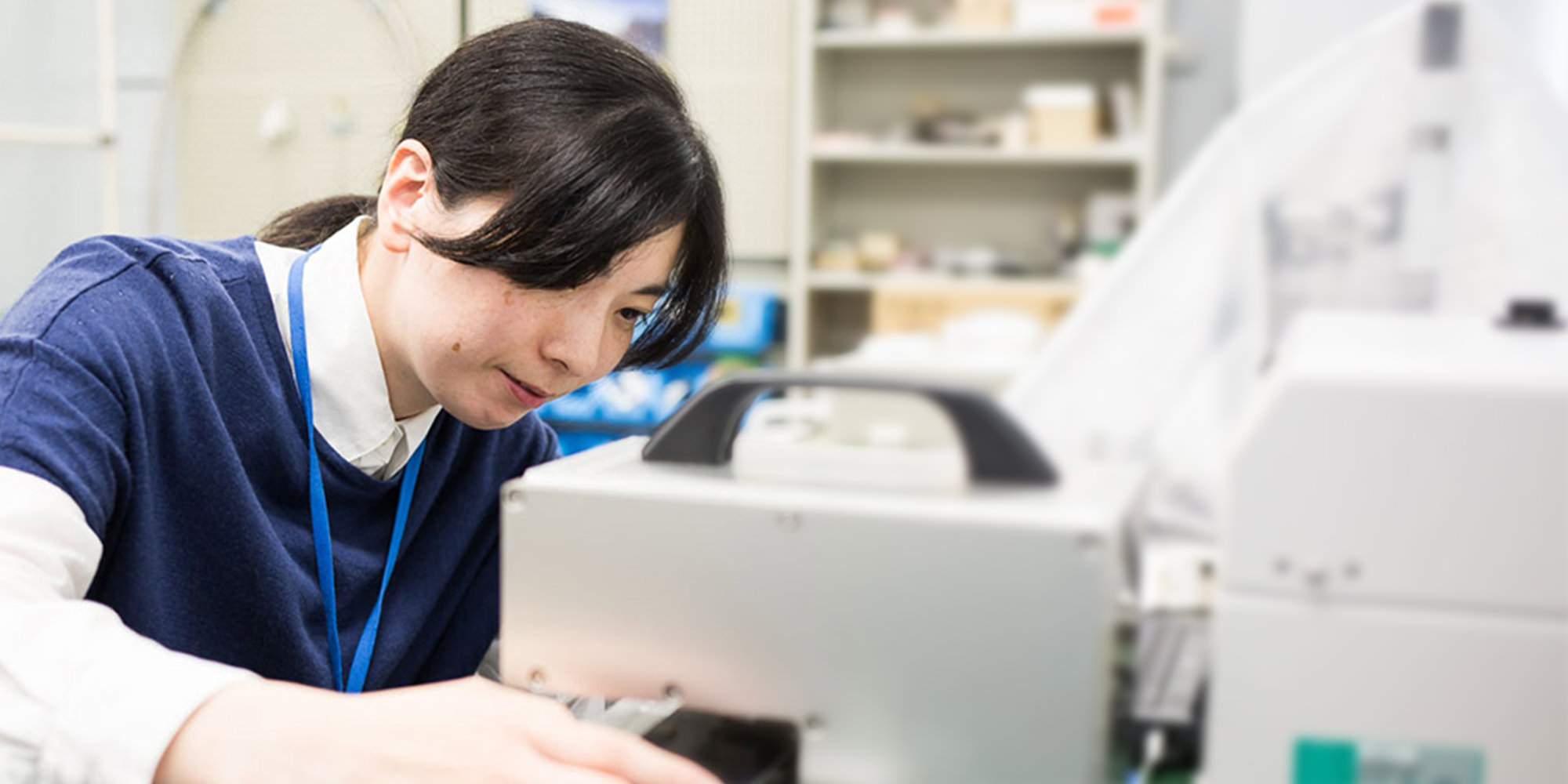
Research Manager
MIZUNO MayaPh.D. (Engineering)
Mizuno joined NICT in 2006. She has been researching millimeter wave and terahertz spectroscopy technology.
- Home
- Researchers
- MIZUNO Maya
The Use of Terahertz Measurement for Evaluating Materials
Evaluation of biological tissue condition
Introduction
The Electromagnetic Compatibility Laboratory at the Radio Research Institute is participating in the terahertz collaboration project at NICT. The purpose of the project is to research fundamental technology and standardize the use of terahertz waves in cooperation with the Advanced ICT Research Institute, the Photonic Network Research Institute, and the Wireless Network Research Institute. Terahertz waves lie between light and radio waves and have yet to be fully investigated. In this project, the main roles of the laboratory include reviewing the method for precisely measuring power, creating a technical guide, establishing a database, and demonstrating various ways that terahertz waves can be applied in society. This article will introduce our use of terahertz waves for evaluating the condition of biological tissues, one of the challenging subjects.
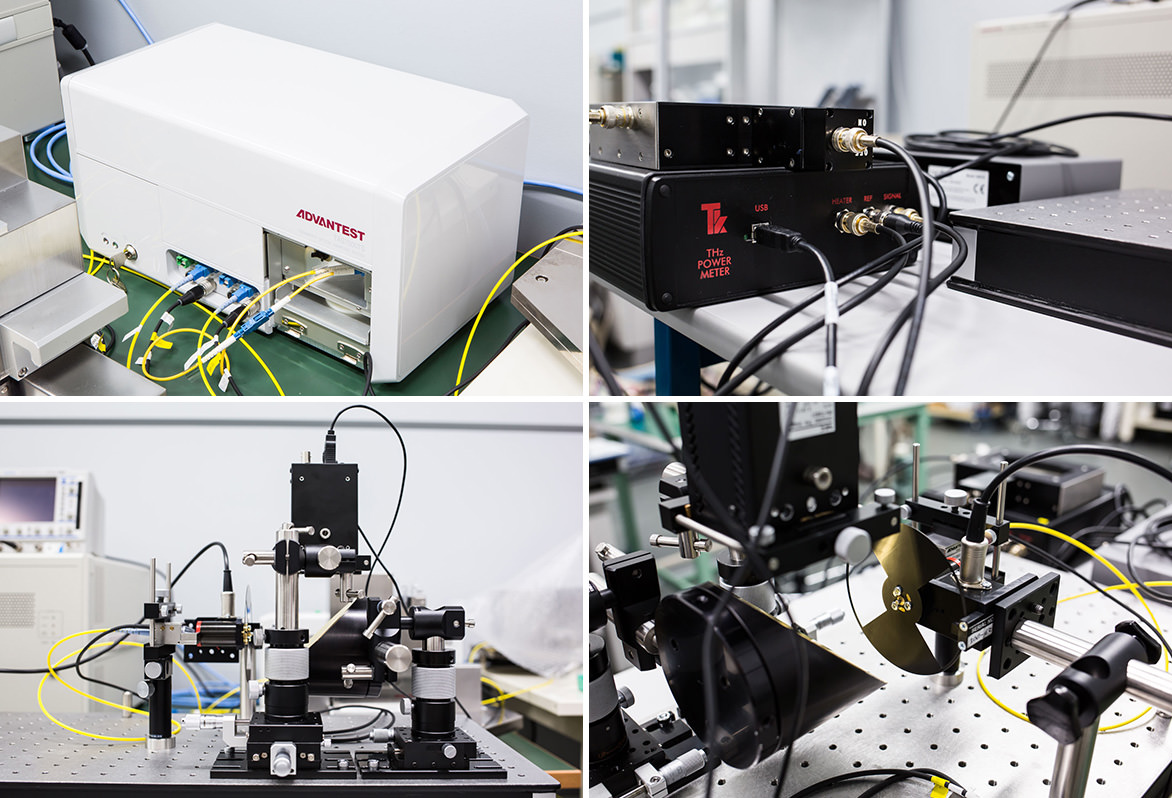
Terahertz measurement equipment
Evaluating materials using terahertz waves
Terahertz waves have both the directionality of light and the permeability of radio waves and can pass through various nonmetallic materials. By analyzing the electric field waveform after propagation, we can infer the collective behavior of the molecules in a material.
This is because the absorption property of materials can be determined at each frequency from the amplitude and phase of the electric field. It is also possible to know the direction of the movement-not just the energy necessary for a group of molecules to move-by changing the polarization direction of the incident terahertz waves.
Moreover, when the waves propagate through a composite of two different materials over a large contact area, we can observe changes in the property due to weak repulsion and the attraction between the molecules in the contact area, which cannot be observed through analysis of the individual materials. The use of terahertz waves is therefore expected to help us learn more about the collective behaviors of various molecules and the interactions between molecules, which up to now have been difficult to describe using X-rays or electromagnetic waves in the optical range.

Terahertz imaging system
Analyzing the condition of biological tissues
We have been examining the possibility of evaluating the condition of biological tissue using the aforementioned analysis approach with a terahertz spectrometer (Figure 1). Several things have been learned from measuring collagen, DNA and biominerals. For example, absorptions of the collagen in the terahertz band may correspond to the collective vibration of plural functional groups such as methylene, imino, and carbonyl groups (Figure 2).
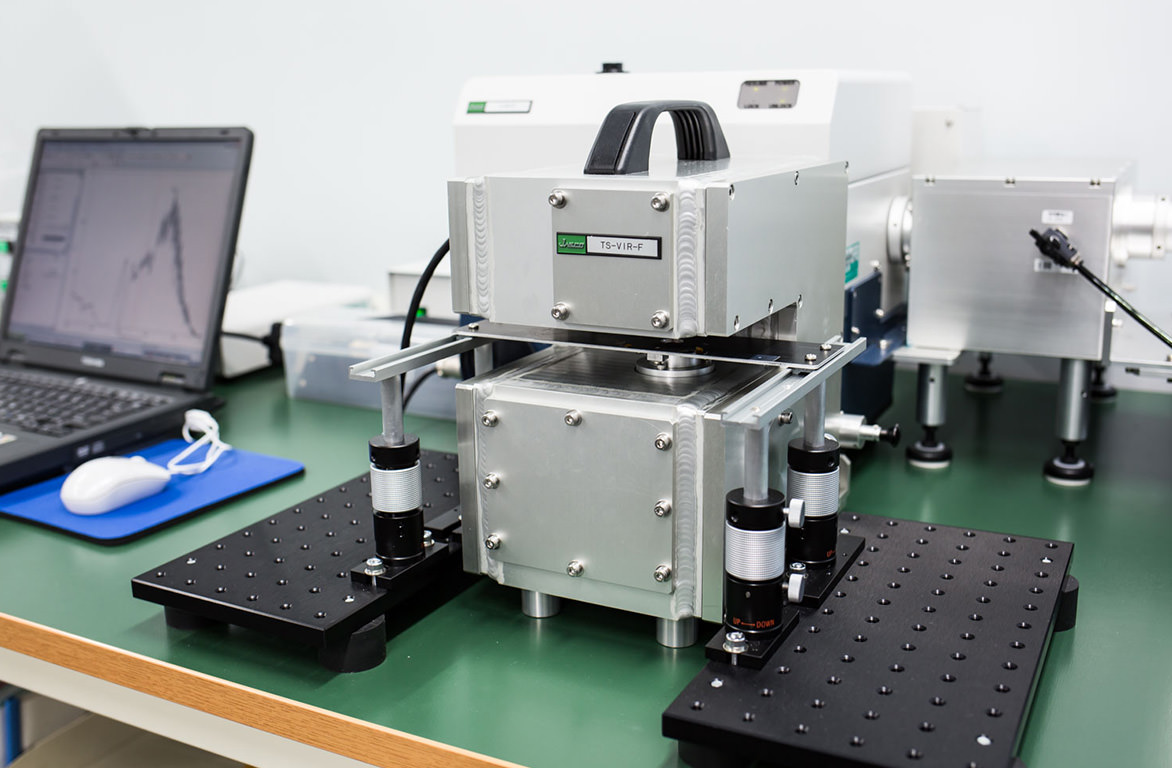
Figure 1: Terahertz spectrometer
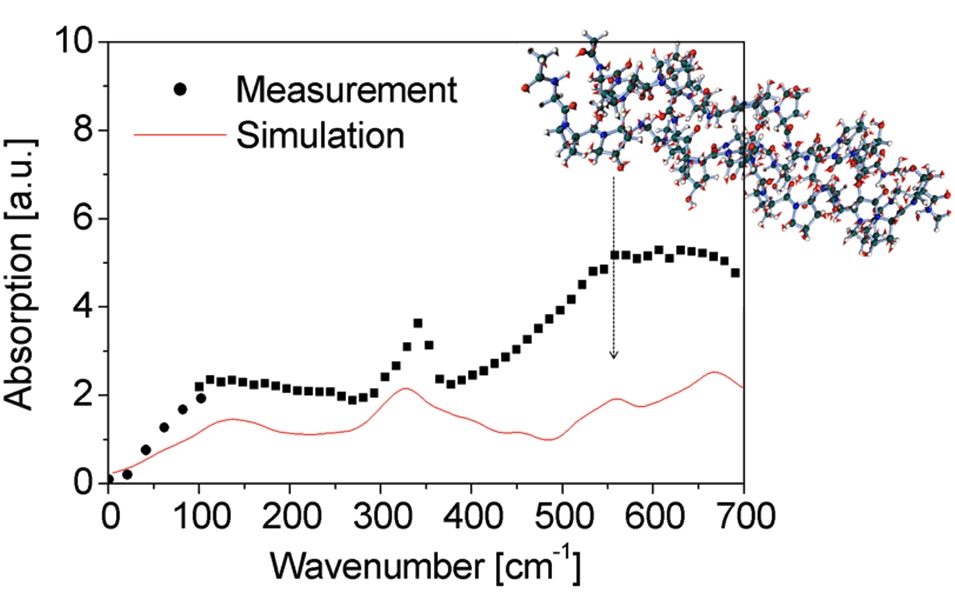
Figure 2: Absorption spectral comparison between measurement and simulation results of collagen (Maya Mizuno, et al. Journal of Biological Physics. 2015, vol. 41, p. 293.)
The absorption properties could change as the collagens contract or undergo other kinds of morphological changes. Moreover, when terahertz waves were used to create an image of a cuttlefish bone, which consists of calcium carbonate and an organic substance (β-chitin), the intensity of the transmitted waves could be used to distinguish area A, which has a smaller contact area between calcium carbonate and β-chitin, from area B, which has a larger contact area (black and white on the image), as shown in Figure 3.
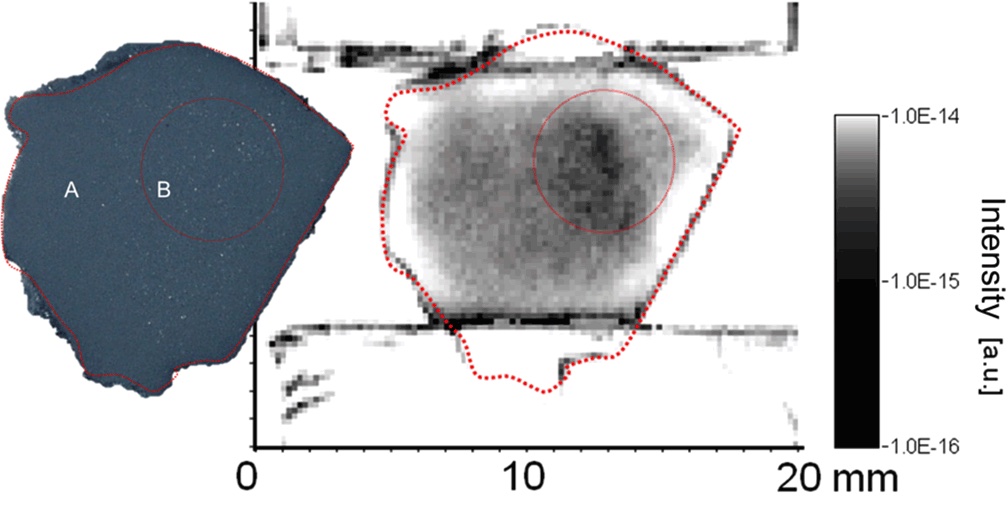
Figure 3: Picture of cuttlefish bone and the image created using terahertz waves
(Maya Mizuno and Kaori Fukunaga. Journal of Biological Physics. 2013, Vol. 39, p. 123.)
This interaction between molecules and the molecular have a significant impact on the function of biological tissue, so we are researching for include detecting changes in the condition of the hydrated tissue, must be done with test samples that are closer to those in the real tissue.
(Maya Mizuno, et al. Biomedical Optics Express. 2018, Vol. 9, p. 2277.)
Vision and challenges
We believe that this research also should be helpful in determining the safety of terahertz waves on living tissue, which must be done if terahertz waves are to be used in practical applications. The methods can be used to understand dominant factors affecting the absorptions in the tissue, so that we can establish accurate database of dielectric properties of the tissues for appropriately evaluating the dose of the human body. In addition, the methods will greatly aid evaluation of materials used for optical modulator and insulating substrate.
To achieve such challenging goals, fundamental technologies must be developed, such as how to generate terahertz waves, detect them with high sensitivity, and amplify them. At the same time, a simple terahertz measurement system for biological samples must be developed by combining various fundamental technologies. Appropriate technical standards also must be developed, including safety standards covering the application of terahertz waves to the biological body. The road to the practical use of terahertz waves is long and winding, but we will proceed with research step by step.

On the terrace of Building No. 3.
- Home
- Researchers
- MIZUNO Maya